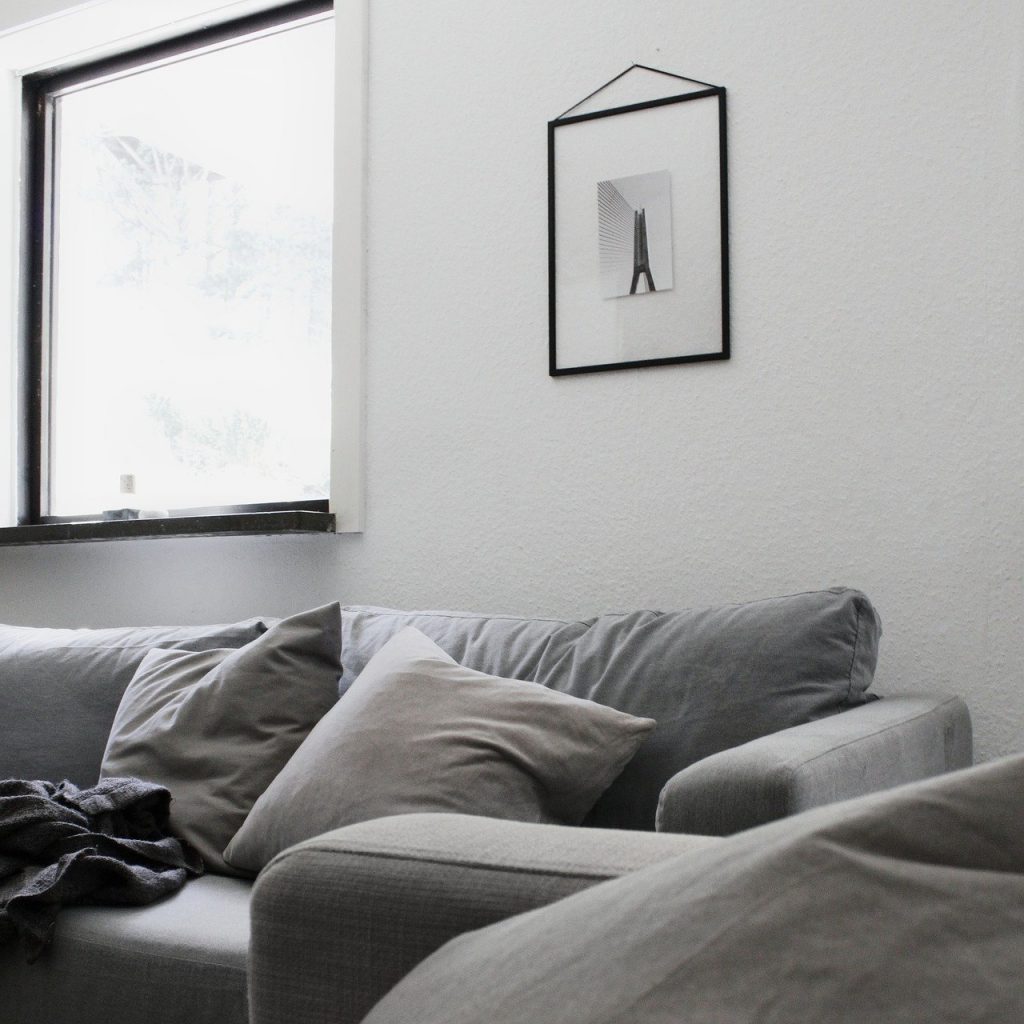Leading coat: the expert guide to painting your house perfectly– from walls to floorings to radiators
Paint sales are up, but it needs to be used carefully if you wish to alter your home for the better. Here is how to prepare, proceed and get your preferred surface
Throughout the past year you might have provided idle idea to repainting all or part of your home. In lockdown, you may have chosen now is the time. If so, you are not alone: paint business are still delivering and sales are brisk. But is this truly the time to start such a project? And can you make a success of it, even if you have never done it prior to? We asked the professionals the very best way to tackle it.
Before you start
The good news is, you can conserve a great deal of cash by painting your own home, because labour represent most of embellishing costs. The bad news is, there’s a factor painters are pricey. Painting is difficult.
The greatest mistake first-timers make is believing too big, according to Joa Studholme, author of How to Colour and embellish curator for the paint business Farrow & Ball. “My main piece of recommendations is to start small,” she says.
Painting an entire room will certainly keep you busy, however if you are new to it, you most likely won’t find it terribly restorative. “I do it where I think: ‘Oh, I’m gon na paint this, and it’s gon na be actually soothing,'” states Studholme, “And, actually, painting is demanding. Smaller sized things are much better to do.” For beginners, she suggests starting with your front door, or the legs of a table. “Paint the within a cabinet in a jolly colour which will make you smile each time you open it,” she states. You can move on to a room when you have some idea of what it requires.

Selecting colours
Lockdown may seem like fertile ground for ill-advised decisions, but Edward Bulmer, an interior designer and head of the Edward Bulmer Natural Paint business, says there may never be a better time to choose colours. “If you think about it, it’s seldom that we can contemplate our rooms at all times of day,” he states, “and in differing weathers, and probably with full-on use, if you’ve got your household around.”
Instead of applying it to the wall, paint a generous piece of card– A5 or larger– or a bit of old wallpaper. “Then place it against the wall round the space and look at it in different lights,” states Studholme.
If you do not understand where to start, try being led by the colours of other surfaces in the space: floorings, worktops, tiles, any large littles furnishings. “Some decision that’s currently out of your hands,” states Bulmer. Work with what you have actually got.
Tools and supplies
At the minimum you will require a scraper, masking tape, some sandpaper, filler, ample dust sheets, a decent brush or 2, and a roller and tray. “We encourage a medium pile roller, not a foam roller,” says Bulmer. “It will help the paint lay a bit more like it would with a brush.” As for paint, the amount you require varies depending on the type, but 5 litres of emulsion will cover around 60 square metres. Emulsion is for ceilings and walls; eggshell for woodwork. Inexpensive paint is most likely a false economy, because it will not go as far. “One of the costly ingredients in paint is titanium dioxide, the fundamental white pigment,” says Bulmer. “Normally, to make a paint less expensive you use less of that, so you’ll have less protection.”
Preparing
Expert painters spend far longer prepping a space than they do painting it. Scrape away any loose old paint. Sand to develop a secret (an adhesive surface area) for the new paint.
The ceiling
If you are doing the ceiling, that need to be done first; you can get up there with either a ladder or a roller on a pole. In advance, paint round the edges where the ceiling fulfills the wall or any architectural features, utilizing a little brush. If you are uncertain of yourself, you can mask the edges with tape. Then roll. Expect to come away heavily speckled.
The walls
Do the same along any woodwork edges (you can be a bit less accurate here, because you are painting the woodwork later on). If this part sounds difficult, Studholme has an easy service that likewise takes place to be trendy: paint whatever– walls, ceilings, woodwork– the same colour. Georgian rooms were often painted in one colour.”
When it comes to rolling your walls, the main suggestions is to keep going. “That’s the single risk, really,” states Bulmer. Paint a single coat in one go, and let it dry overnight.
Woodwork
This is where genuine care is needed: painting windows, door frames and skirting boards with nice straight edges and without getting any drips or splatters on your freshly painted walls. Not when but three times, since you will need guide plus 2 leading coats. “One technique is to paint the spindles of your stair balustrade dark,” states Studholme.
Floors
” I love a painted floor,” says Studholme. “The rule with painted floors is that they always look much lighter than you expect.
You will require a robust, hard-wearing paint. There are specialist flooring paints, and some specialists even recommend boat paint. It is a huge undertaking– you need to entirely empty the space– however is not that technically challenging. “Painting floorings is easy,” states Studholme. “Gravity helps. Having stated that, you do need to let them treat for a couple of days before you stroll on them.” If you are stuck in two spaces during the lockdown, now may not be the time to limit yourself to one. You likewise require to think of what part of the space you are going to end up in when you finish, or you might literally paint yourself into a corner.
Radiators
The factory finish of a modern radiator does not require to be painted however if it is meddlesome, you may want to conceal it. Because case, a light sanding and an oil undercoat, followed by “the eggshell version of the wall” need to be sufficient, states Bulmer. There is such a thing as radiator paint, but it may not can be found in the colour you need. The radiator ought to be cold when you paint it and will require to stay off for 24 hr later on, so the weather report might be a consideration.
Finishing up
Studholme recommends you make a record of all the colours and surfaces you have utilized in case you need to repaint any bits later on when you have finished the job. Shop leftover paint in a cool, dry, frost-free location, ready for touching-up or any other little jobs. “Last night, I got on a ladder and painted a square round the mirror above our fireplace,” she states. “I thought it might be good to have a bit of colour there. It took me probably eight minutes to do it, and I can paint it out again tomorrow if I do not like it.”
“I do it where I believe: ‘Oh, I’m gon na paint this, and it’s gon na be really calming,'” states Studholme, “And, really, painting is difficult. “Paint the inside of a cupboard in a jolly colour and that will make you smile every time you open it,” she states. “One trick is to paint the spindles of your stair balustrade dark,” states Studholme.” I love a painted floor,” says Studholme. There are specialist floor paints, and some experts even recommend boat paint.
* NOTE: Combine the our painters dublin service with house painting, Exterior & Interior Painting, commercial painting, furniture spray painting,wallpapering, plastering services and benefit from our discounts. Or just simply contact us for a free quote. Please also have a look at our amazing testimonials and gallery. Our sitemap, about us and blog. Areas we cover.
Areas We Cover (AlexTrendPainters.ie)
Related Articles
Learn More About Painting and Painters

